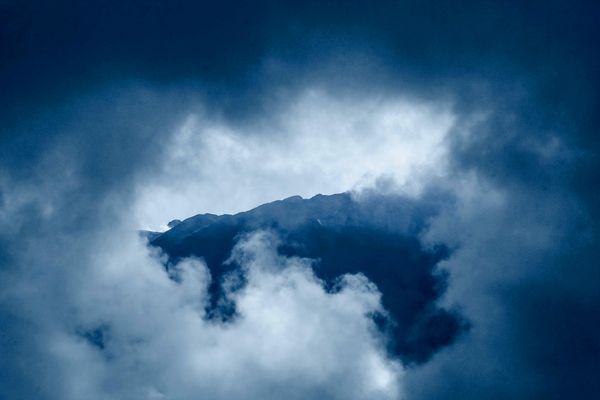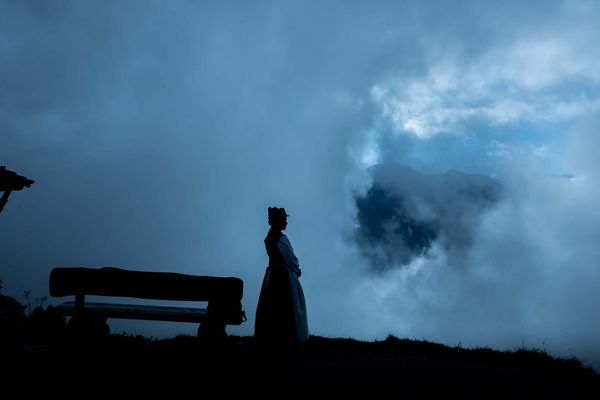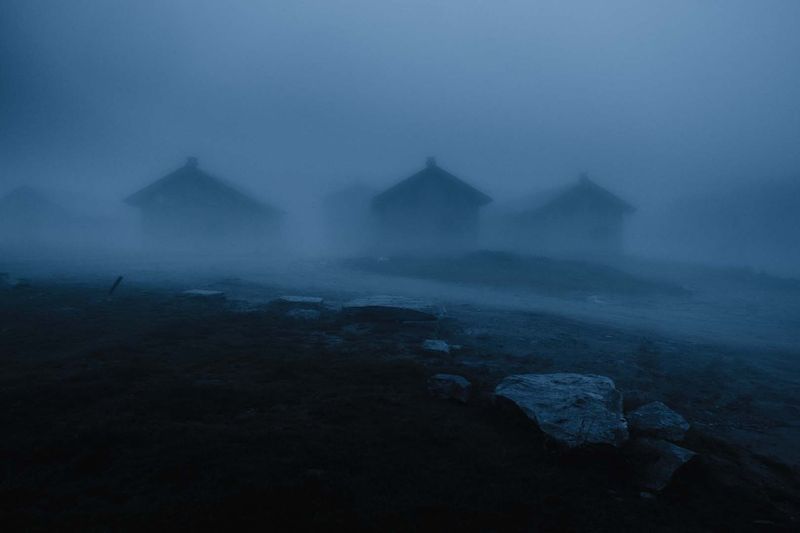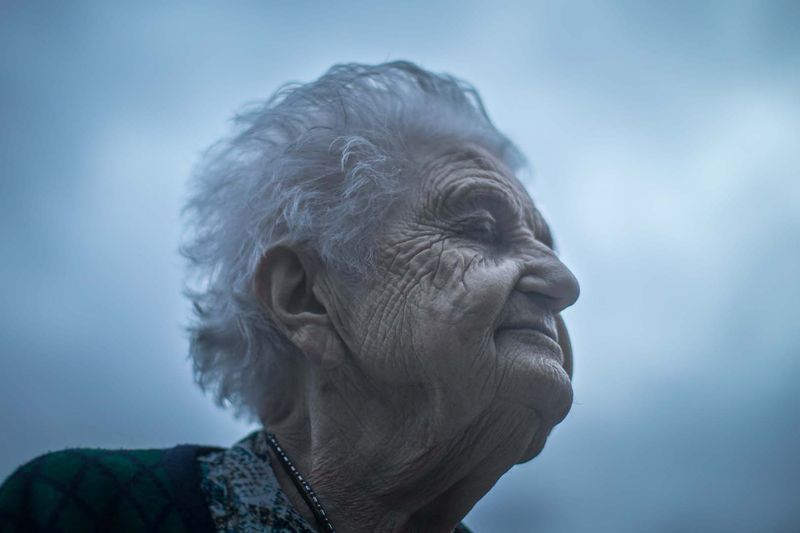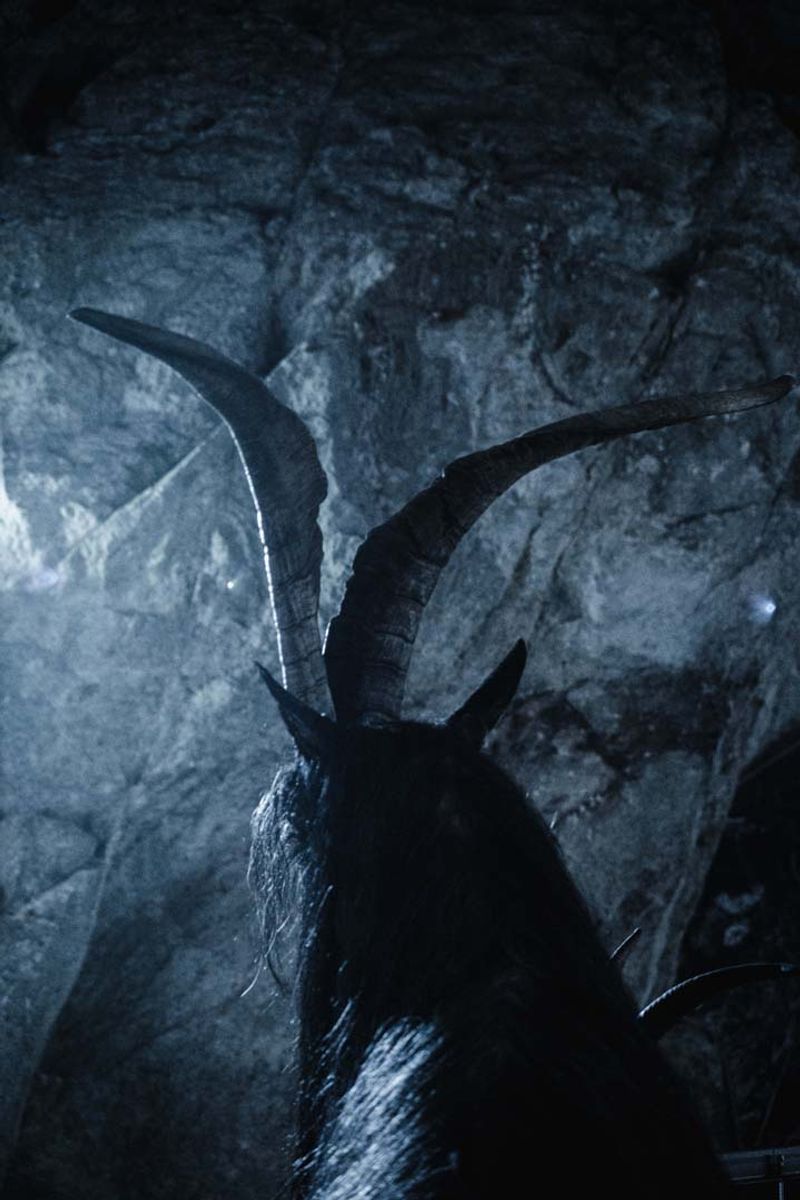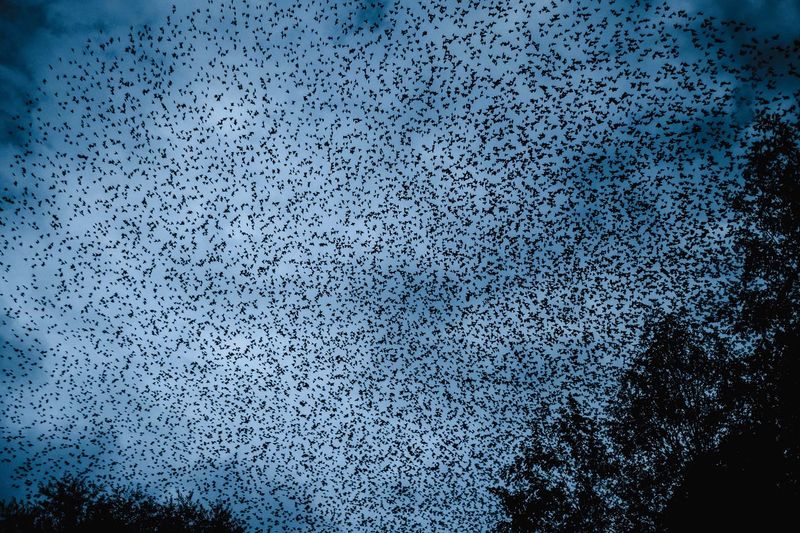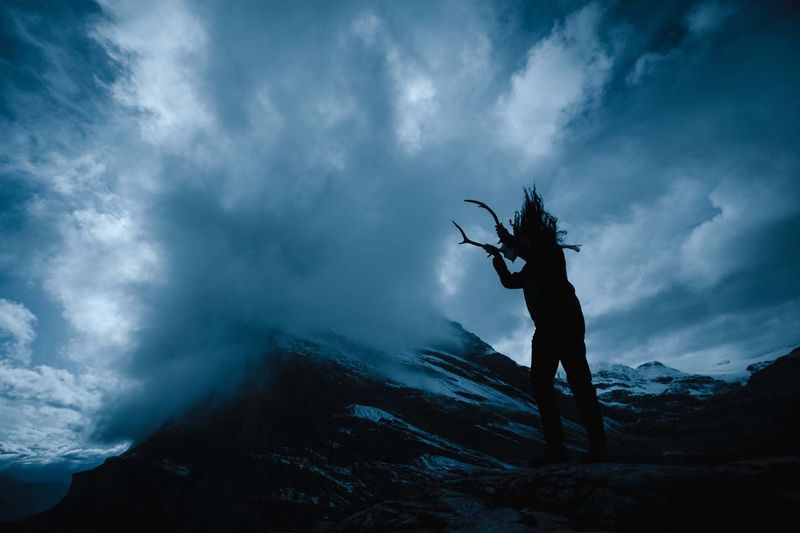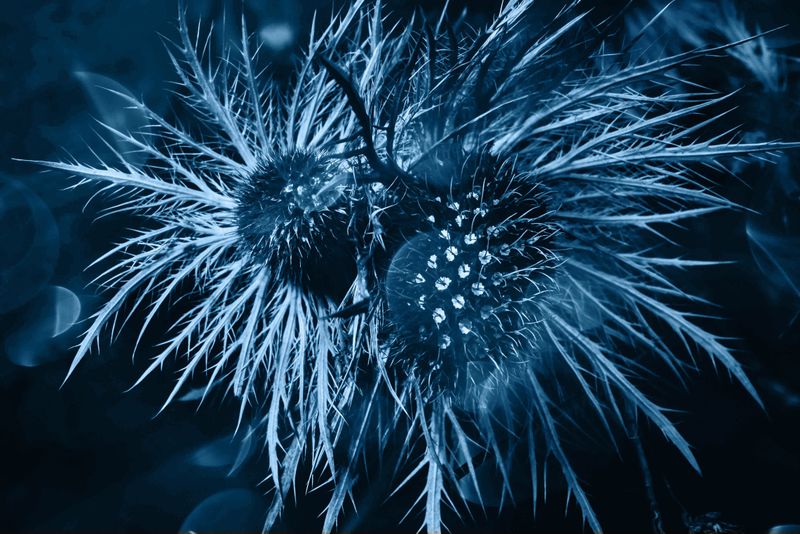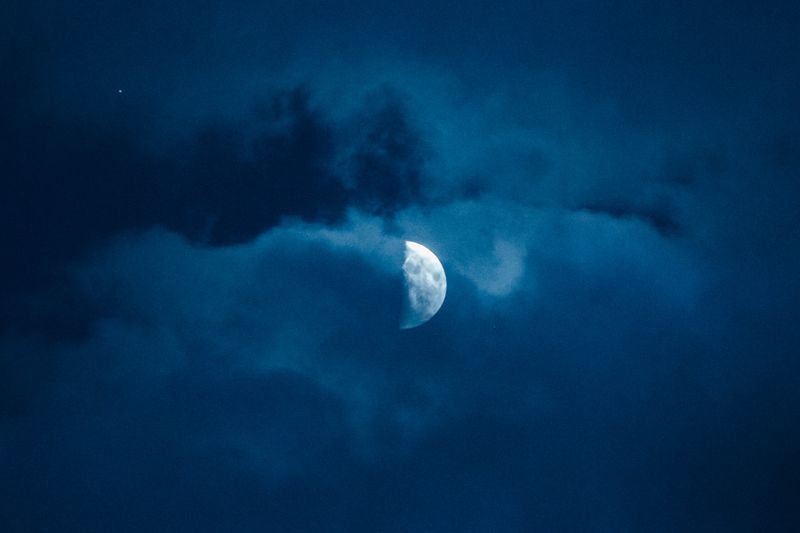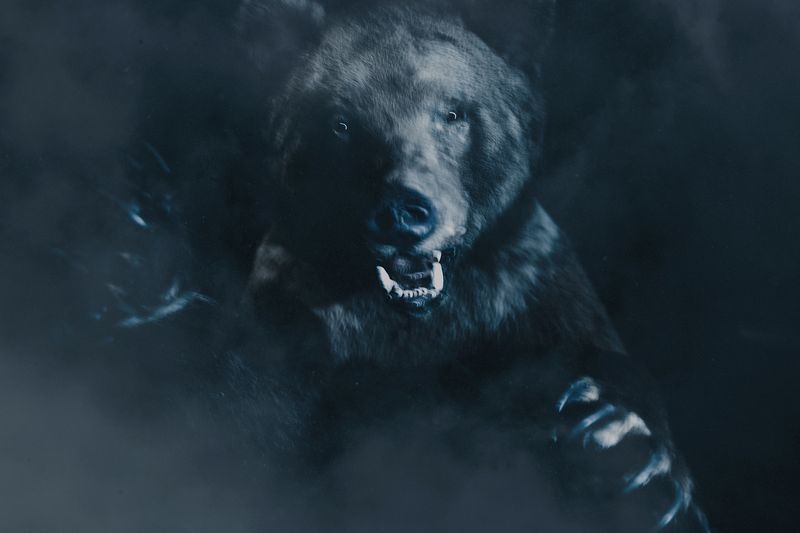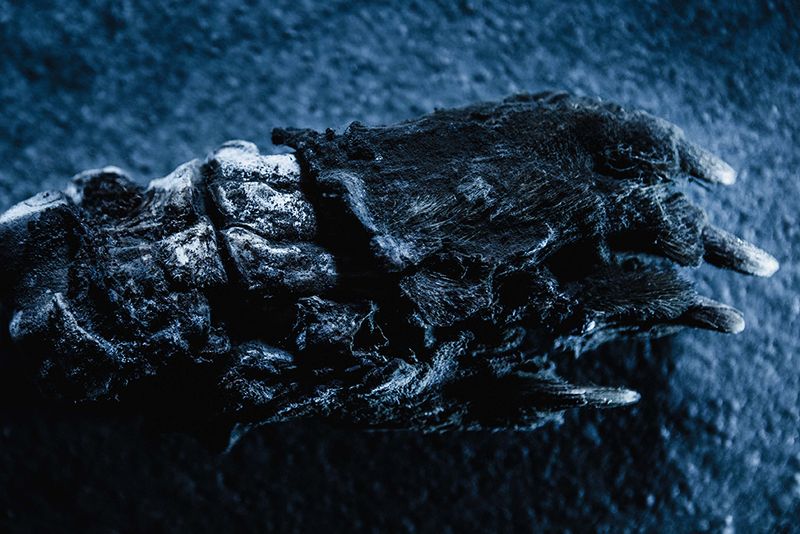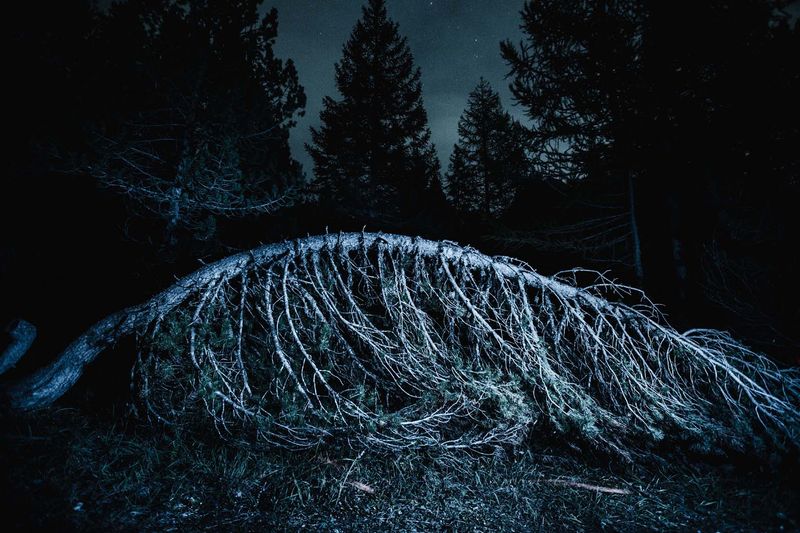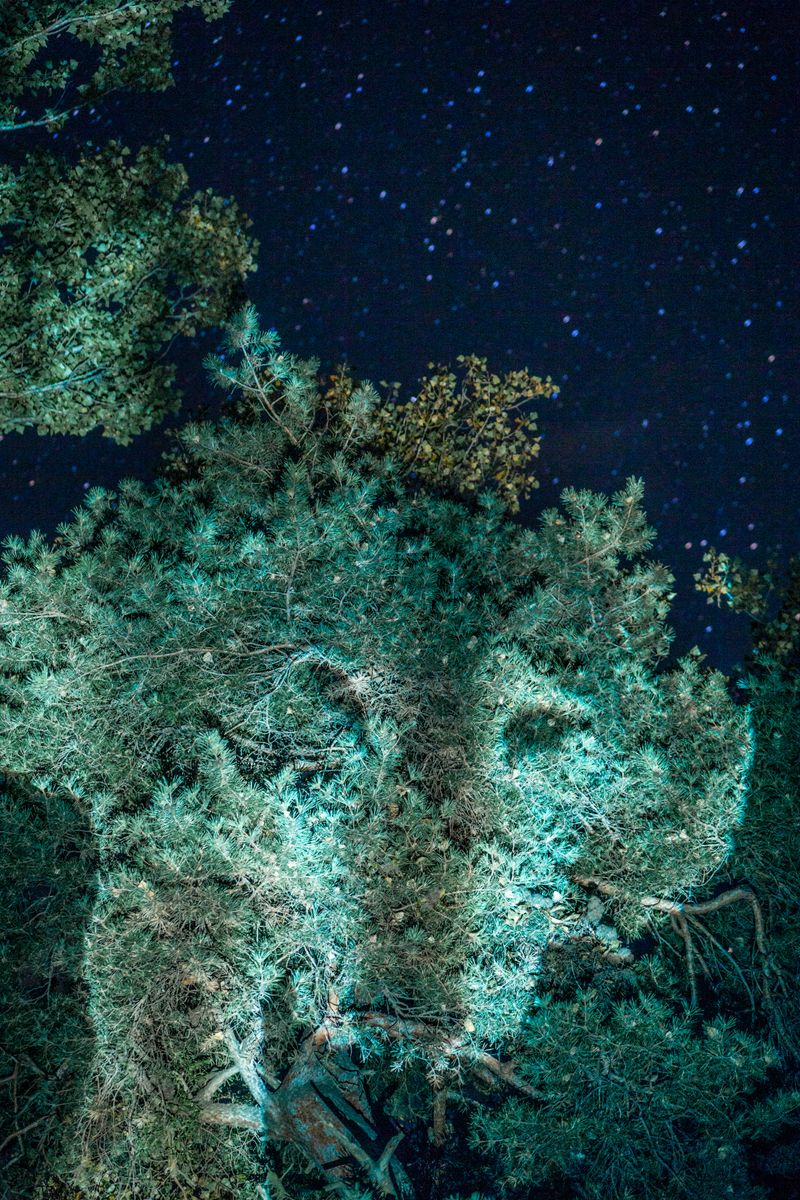Sublime Effroi
-
Dates2019 - 2019
-
Author
- Topics Landscape, Contemporary Issues
- Locations La Suiza, Valais, Switzerland
-
Recognition
The project developed in the canton of Valais in Switzerland, investigates the fear relationship that the mountain man had and has in the past. And the holograms in the video represent what we lost
Sublime Effroi, Sublime Terror in French, is a project that investigates the fear relationship that man had and has with the mountain in Switzerland. Based on the book "La Grande Peur dans la montagne" (The great fear of the mountain) in which the author manages to create a climate of constant tension in the heights, an Alpine tragedy in which the signs of desolation accumulate in a sequence adjusted to the final catastrophe. The Great Fear of the Mountain is a parable of evil loaded with symbolism about the endless struggle between nature and men.
Under this idea I try to represent these fears of the old man with the mountain, the tension that existed in the past between the landscape and its wild animals, a great conflict that took place in Switzerland that led to a tireless fight and hunt against animals savages that came to be considered monsters of the valley in their time (especially with the bear and the wolf) and that finally led them to be extinct from Switzerland in the 19th century.
Called "The Monster of Valais", it is the nickname of one or more ferocious beasts that attacked numerous herds in the canton of Valais, in Switzerland, since 1946. Killing one of these animals was a source of pride and celebration, when they killed a bear they used to hang their paw on the front of the walls of their houses and until today you can visit the house that has the last bear paw of the canton of Valais.
In 1971, the Swiss government decided to reinsert these animals in their natural habitat, despite the denial of the inhabitants, who continue to question the possibility of coexistence with these species. Where is there civilization, is there space for wildlife?
As a part of the project I use homemade holograms (instalation) as a symbolism of something valuable that we can no longer have , the wild animals that we killed in the past as the beer , the wolf) because we were afraid and now they are like a legend of the mountain. The holograms is use to show something important that we cant not longer see in real.
This Project was developed during the 3 months of artistic residency in Sierre Switzerland with the support of Smarth Programm.
